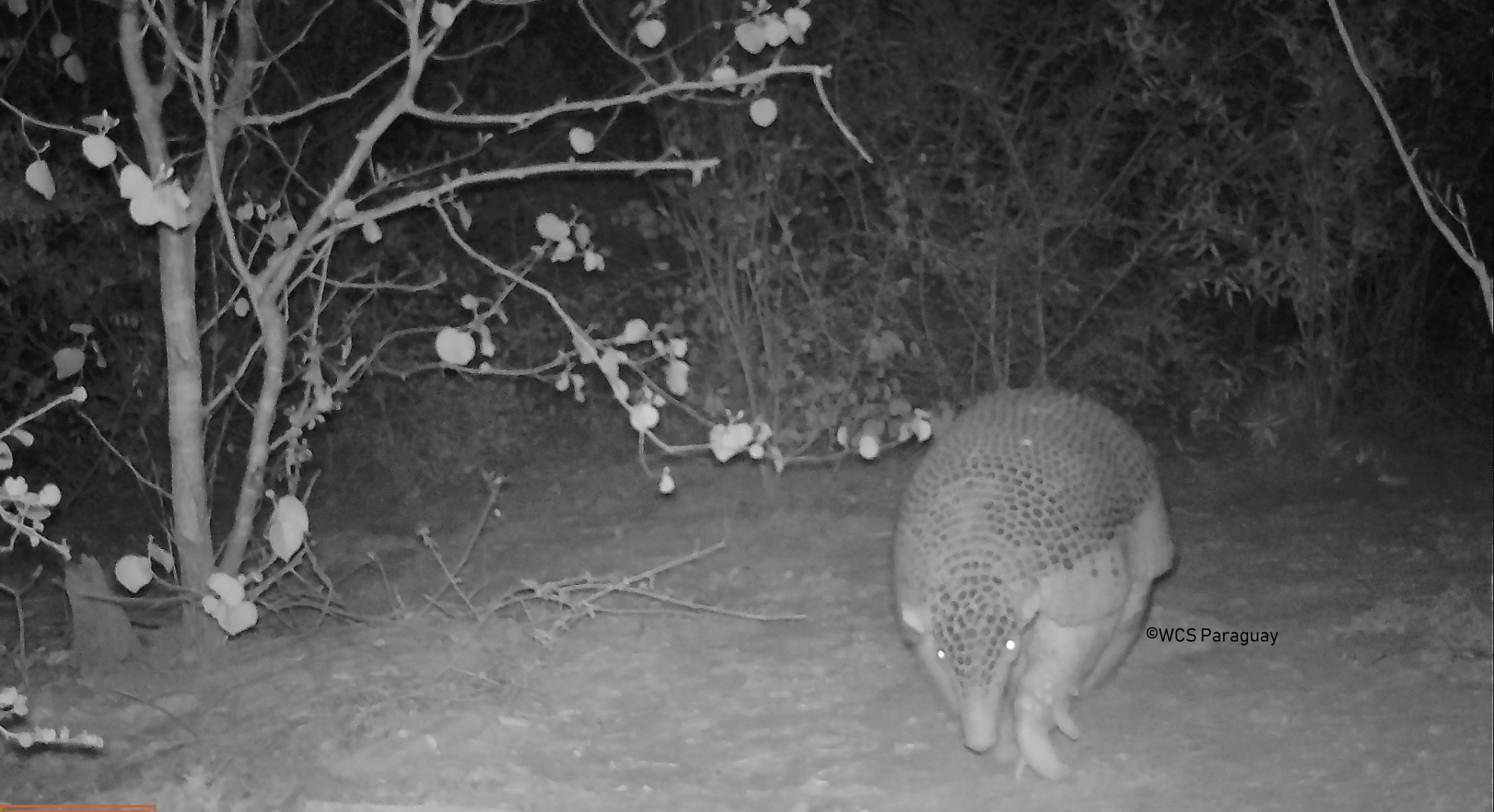It is found near bodies of water, in areas without human disturbances. It digs its burrows in grasslands or in open forest areas, and only do so to get food or find a mate.

It feeds on ants, termites, worms, etc. It is terrestrial and generally travels more than 3 km a day in search of food. He is called as an "engineer" of the forest, since he positively modifies his environment through his burrows, his enormous weight and size help him dig in very difficult terrain, where other armadillos cannot do so and take advantage of other food sources not used In addition, open burrows contribute to the exchange of gases in soils and provide protection and shelter for more than 20 species of animals. It is also an important seed disperser.
The populations of tatu carreta in Paraguay are highly threatened and, in fact, are extinct in almost all departments of the Eastern Region, due to habitat destruction and indiscriminate hunting.
In the Paraguayan Chaco there are still healthy populations, but some local extinctions have already been recorded. It is in a vulnerable state of conservation (IUCN).